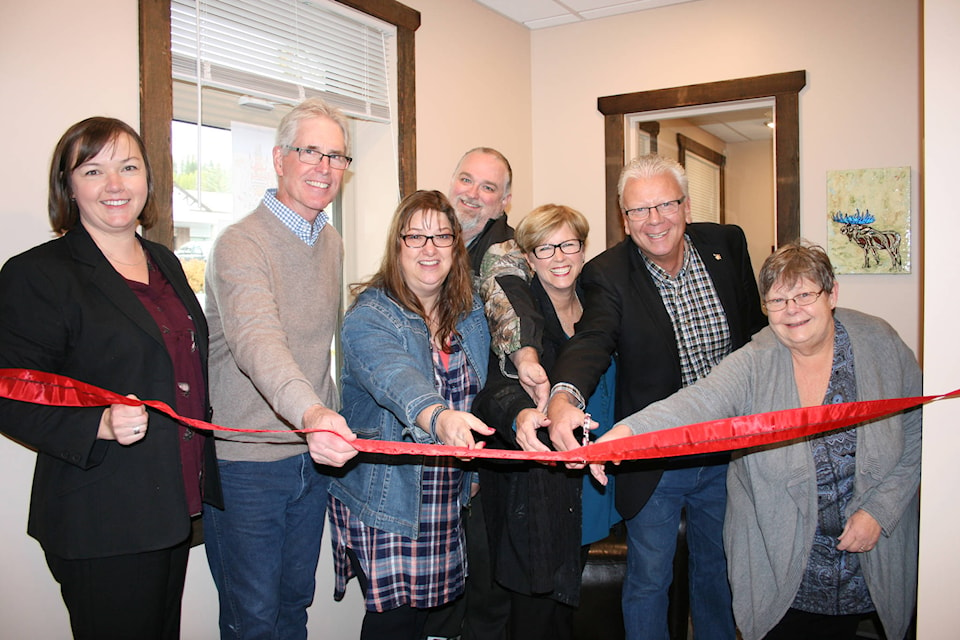British Columbians will be asked to make a choice on the way Members of the Legislature are elected next year, as Premier John Horgan has said his government will present a referendum on electoral reform, likely next fall.
Horgan is is in favour of proportional representation and will campaign for it, he announced. The Green Party also intends to campaign for it.
Proportional representation, according to fairvote.ca (which advocates for electoral reform) is any voting system designed to produce a representative body (like a parliament, legislature, or council) where the voters are represented in that body in proportion to how they voted.
The current voting system elects only one MP or MLA in each riding. When more than two candidates run in an election, MPs can be elected with less than half of the votes in the Riding. The other half of the voters are unrepresented. In contrast, any PR voting system elects several MPs to represent a given geographic region so that most voters in that region have a voice in Parliament.
Advocates for proportional representation say that the current First Past the Post system gives 100 per cent of the power to parties who often gain only a fraction of the vote.
The BC Liberal Party has some serious concerns about the proposed referendum. Columbia River Revelstoke MLA Doug Clovechok says he is greatly concerned about what it means for rural voters. While details around the referendum are scant, Clovechok says what is known doesn’t impress him.
“It’s another back-handed attempt to manipulate systems,” he said. Clovechok also questions the low threshold of 50 plus one per cent, saying a bare majority lowers the bar as far as possible, and shows a lack of respect for the public.
“In 2005, the whole referendum of electoral reform was conducted by an independent, non-partisan citizens assembly. This will be decided in the backroom by the NDP cabinet. How fair is that?”
With 50 plus one, Clovechok says, it is simply a vote of the majority of the population with no concern over where the votes are coming from. Less populated, rural areas are the losers, he said.
“They (the NDP) don’t have a lot of rural seats, so it’s no surprise,” he said. “50 plus one per cent of the majority of the population. We all know where the majority of people live.”
In 2005, the threshold was 60 per cent of the vote, and also 60 per cent of ridings in favour.
In 2009, another referendum on electoral reform was held with the possibility of moving to the Single Transferable Vote system being defeated, with 60.9 per cent voting against the reform and 39.09 per cent of voters supporting the change. Again the threshold was 60 per cent of the total popular vote in favour, as well as more than 50 per cent of the 85 ridings (at the time) in favour.
Much more detail, including what the actual question will be is still to come.
“It’s just so vague right now,” Clovechok said. “They’re good at vague. We’re all just waiting to see what the Greens come up with and the NPD present.”
The provincial government has said that details of the public consultation process will be announced in the coming weeks.
